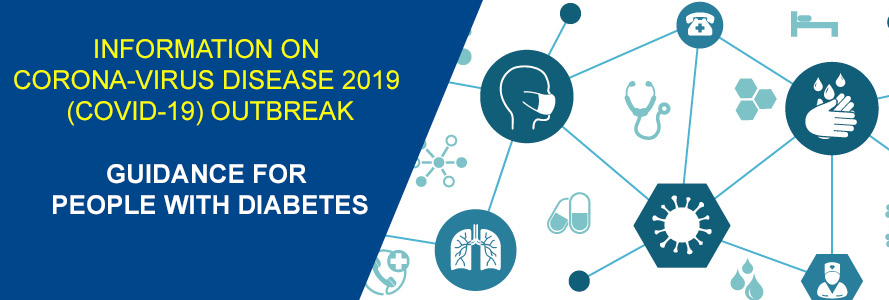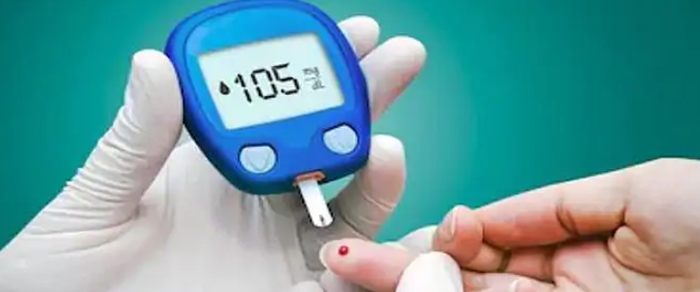
At the end of 2019, a novel coronavirus (a specific virus that causes human and animal disease) was identified as the cause of pneumonia cases in Wuhan, a city in the Hubei Province of China. It rapidly spread thereafter, resulting in an epidemic throughout China, with quick spread globally, affecting now nearly every continent. Understanding of this novel coronavirus is still evolving.
HOW DO PEOPLE GET INFECTED
The virus can spread from infected animals (most likely started in China from wild animal consumption), but human-to-human transmission is possible also. It spreads like any other respiratory disease, through contaminated air-droplets that come out of the mouth of infected persons when talking, coughing or sneezing. The virus can survive in the environment from a few hours to a few days (depending on the surfaces and the environmental conditions) and touching affected surfaces and then the mouth or nose is thought to be the way of transmission. The virus is killed in the environment with alcohol-based solutions.
HOW SEVERE CAN THE INFECTION BE
The good news is that it is usually a mild disease and around 98% of affected people survive the disease. The majority of cases (>80%) are mild (showing only minimal flu-like symptoms) and people can recover at home. Some cases though (around 14%) are severe and very few (around 5%) can develop critical illness. Some people have no symptoms, or have only mild symptoms of a common cold. But in other people, COVID-19 can lead to serious problems, like pneumonia or even death. This is more common in people who have other health problems, particularly the elderly, those with cardiovascular disease, chronic lung disease and hypertension. People with diabetes are among those high risk categories that can have serious illness (just like the flu) if they get the virus.
WHAT ARE THE POSSIBLE SYMPTOMS OF THE ILLNESS
People affected with COVID-19 can have fever, cough, shortness of breath (trouble breathing), feeling tired and having muscle aches. Problems with breathing happen when the infection affects the lungs and causes pneumonia. Symptoms usually start a few days after a person is infected with the virus, with most cases occurring approximately 3-7 days after exposure. But in some people it can take even longer for symptoms to appear (up to 14 days).
WHAT TO DO IF THERE IS A CHANCE OF INFECTION?
If a person has a fever with cough or trouble breathing and might have been exposed to COVID-19 (if they lived in or visited China in the 14 days before they got sick, or if they had been around a person who may have had the virus), they should call their doctor or nurse for advice. IT IS BETTER NOT TO RUSH TO THE HOSPITAL ON THEIR OWN, SO THAT THEY DO NOT TRANSMIT THE DISEASE TO OTHERS AND ARRANGEMENTS ARE MADE TO BE SEEN BY MEDICAL PERSONEL WITH PRIORITY, IF NEEDED, INSTEAD OF WAITING IN THE LINE. If they are advised to go to the clinic or hospital, they will need to put on a face mask. The medical staff might also have them wait some place away from other people, so that they can be examined properly, with safety. Fluid samples taken from the nose or throat will show if the virus is present or not. There is no specific treatment for the disease up to now, but since the majority of cases is mild, only very few people will have to be hospitalized for supportive care. It is essential though that cases are recognized and isolated for a couple of weeks, and other people that had been in contact with them also identified, so that the virus will not be spread more.
WHAT TO DO IF INSTRUCTED TO STAY AT HOME?
For affected people who stay at home, patients and families should practice proper measures for infection prevention and control. Management of such patients should focus on prevention of transmission to others and monitoring for clinical deterioration, which may prompt hospitalization. Affected persons should be placed in a well-ventilated single room, household members should stay in a different room or, if that is not possible, maintain a distance of at least 1 m from the ill person (e.g., sleep in a separate bed) and perform hand hygiene (washing of hands with soap and water) after any type of contact with patients or their immediate environment. When washing hands, it is preferable to use disposable paper towels to dry them. If these are not available, clean cloth towels should be used and they should be replaced when they become wet. To contain respiratory secretions, a medical mask should be provided to the patient and worn as much as possible. Individuals who cannot tolerate a medical mask should use rigorous respiratory hygiene − that is, the mouth and nose should be covered with a disposable paper tissue when coughing or sneezing. Caregivers should also wear a tightly fitted medical mask that covers their mouth and nose when in the same room as the patient.
WHAT SHOULD PEOPLE WITH DIABETES DO IF THEY GET SICK WITH THE VIRUS?
It is better that people with diabetes plan ahead of time about what to do before they get sick, for example have telephone numbers of their health care provider at hand and have adequate stock of medications and consumables for monitoring blood glucose at home, so that they do not need to go out in case of illness or should the situation impact e.g. local pharmacy opening times. If they get sick with the virus, they may see their glycaemic control deteriorate during the illness. They should practice the “Sick day rules” recommended for any stressful situation in order to ameliorate their diabetes decompensation. They should contact their health care provider immediately for advice regarding how often to monitor their blood sugar, get adequate refills for medications (especially insulin) and what adjustments they may need to do in their medicines or diet.
SICK DAY RULES FOR PEOPLE WITH DIABETES
Keep hydrated
Monitor your blood glucose
Monitor your temperature
If you are on insulin, also monitor your ketone bodies
Follow your healthcare team recommendations
HOW COULD THE DISEASE BE AVOIDED?
Simple, sensible measures should be taken in every-day life in order to avoid the disease:
- Frequently wash hands with soap and water or use an alcohol-based solution, especially before eating and after being in public.
- Don’t share food, tools, glasses and towels.
- Avoid close contact with those who are sick. If someone is visibly ill, coughing or sneezing, keep away.
- If you get sick with respiratory symptoms, stay at home and notify others and your health care provider of the illness.
- When sneezing or coughing, cover the nose and mouth with a tissue or with the crook of the elbow. Throw the tissue in the bin.
- Avoid unprotected contact with wildlife and farm animals.
- The World Health Organization recommends that for people without respiratory symptoms, wearing amedical mask in the community is not required, even if COVID-19 is prevalent in the area; wearing a mask does not decrease the importance of other general measures to prevent infection, and it may result in unnecessary cost and supply problems.




